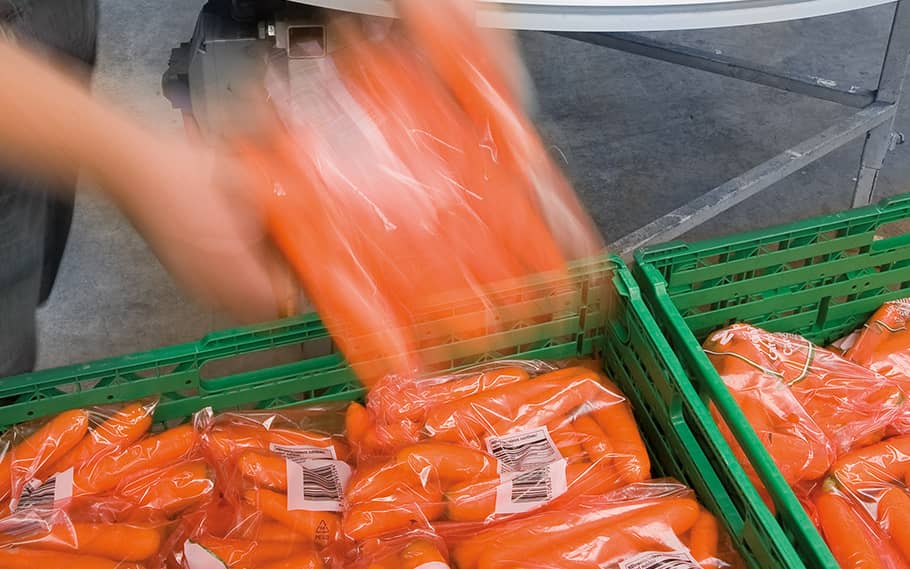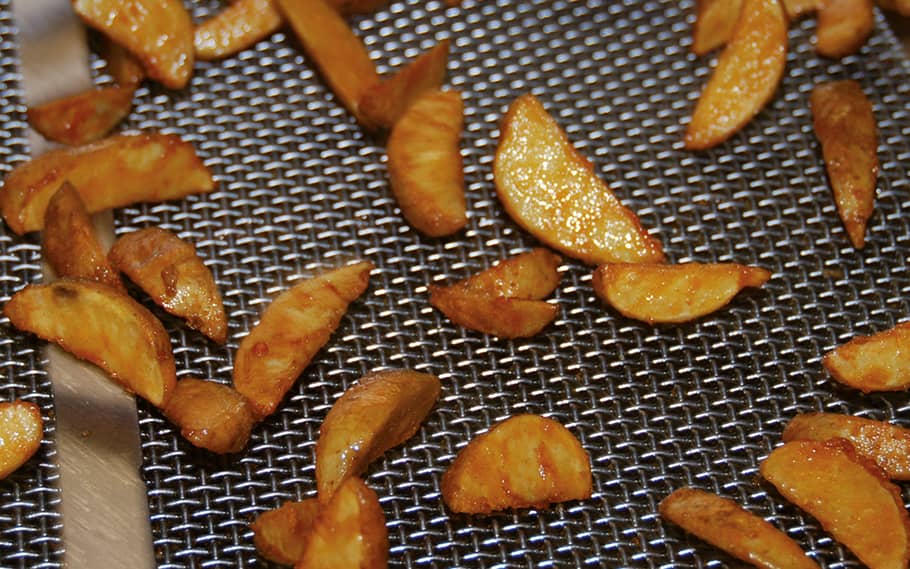Different impurities
The list of impurities that could potentially occur is long. Depending on the analytical issue, customer-specific analysis processes can be used alongside the standard methods. You can find a list of common impurities here.
Pesticides
You can find detailed information here on pesticide analysis.
Heavy Metals
You can find detailed information here on heavy metal analysis.
Mycotoxins
You can find detailed information here on Mycotoxins.
Biogenic Amines
You can find further information here on biogenic amines in milk products.
DCD - 2-Cyanoguanidine
You can find further information here on DCD in milk products.
Dioxins, dioxin-like PCB and Ballschmiter PCB
Dioxins and Polychlorinated biphenyls (PCB) are ubiquitously present as environmental pollutants and accumulate due to their fat solubility in foodstuffs containing high levels of fat as very poorly degradable contaminants in the food chain.
Because numerous toxic effects of dioxins and PCB have been demonstrated, there exist in both the Swiss and the EU legislature, matrix-specific maximum limits, for example for meat and meat products, milk products, baby foods, vegetable fats and oils and so on.
These maximum limits are defined here as so-called toxicity equivalents (TEQ), i.e. they take account of the very different levels of toxicity of individual compounds by multiplying the absolute content by a toxicity factor.
Hydrocarbons
In the case of small amounts of hydrocarbons detected in foodstuffs, they mostly occur from unintended contamination, e.g. from migration out of the packaging or printing inks from the labelling. Higher concentration would indicate a possible lubricating oil contamination during production or contaminated raw materials such as fats or oils. Analytical testing can determine the length of the carbon chains of the hydrocarbons detected and also enables additional differentiation of the hydrocarbons into MOSH (mineral oil saturated hydrocarbons; saturated hydrocarbons from petroleum oil such as paraffin), POSH (polyolefin oligomeric saturated hydrocarbons; saturated hydrocarbons oligomers from polyolefins such as polypropylene) and MOAH (mineral oil aromatic hydrocarbons; hydrocarbons from petroleum that consist of highly alkylated aromatic rings). This information is important with regards to an estimation of the toxicity in foodstuffs.
Minimisation of the hydrocarbon content by optimisation of the production process should be strived for as part of Good Manufacturing Practice. In particular, cooking fats, butter and other products containing large amounts of fats absorb hydrocarbons from the packaging quickly. Due to the complex evaluation of the toxicity of many hydrocarbons, until now tolerance levels have only been legally defined for thick-skinned fruits of 10 mg/kg (migration from jute bags). The problem, however, is very topical and it should probably be expected that tolerance and limit values will be legally defined in the future.
Polycyclic aromatic hydrocarbons (PAHs)
PAHs arise primarily from the burning of organic materials (such as fats) with a lack of oxygen. That means that all manufacturing and treatment processes in which foodstuffs are strongly heated or come into contact with combustion gases or smoke could lead to the formation of PAHs.
There are also other methods of contamination. Nuts are often transported in jute bags which are made supple by the use of petroleum products. Both an increased level of PAH and levels of aliphatic hydrocarbons can be detected in foodstuffs as a result of migration.
PAHs are also known to be organic environmental contaminants that can accumulate in foodstuffs (e.g. volcanic soils, contaminated waters and so on).
PAHs are in part carcinogenic contaminants that, in an ideal world, are not detectable in foodstuffs. A tolerance level of a maximum of 2 µg/kg exists in Switzerland for cooking oils for the lead substance Benzo(a)pyrene. In the EU, statutory regulation takes place via the so-called “PAK4”: The PAK4 are the compounds Benzo(a)pyrene, Benz(a)anthracene, Benzo(b)fluoranthene and Chrysene. The EU Regulation No. 835/2011 amendment of EU Regulation No. 1881/2006 has been valid since September 2012 and contains maximum levels for a range of foodstuff groups (cooking fats and oils, smoked meat products, baby foods and so on). The legal regulation takes place as a so-called “lower bound concentration”, i.e. the results of the four individual substances named above will be classified as “zero” when they fall underneath the limit of determination. The requirement on the determination limit for the four substances is 0.9 µg/kg in accordance with EU Regulation No. 836/2011. It is analytically possible to investigate the PAK4 within the framework of a multi-method that identifies 12 substances in total.
Acrylamide
Acrylamide is a reaction product that occurs with the heating of foodstuffs that contain both reducing sugars such as fructose and glucose and the amino acid asparagine. Because acrylamide is a carcinogenic substance, the principle of minimisation is valid.
Product specific signal values exist for the evaluation of Good Manufacturing Practice, e.g. for a range of cereal products such as crispbread and breakfast cereals, for potato products like crisps and prepared french fries and for coffee products such as soluble instant coffee and roasted coffee.

![[Translate to english:] Fremdstoffanalytik: Probenvorbereitung [Translate to english:] Fremdstoffanalytik: Probenvorbereitung](/fileadmin/Content/05_Lebensmittel/Lebensmittel_Fremdstoffe/lebensmittel-fremdstoffe-header.jpg)




